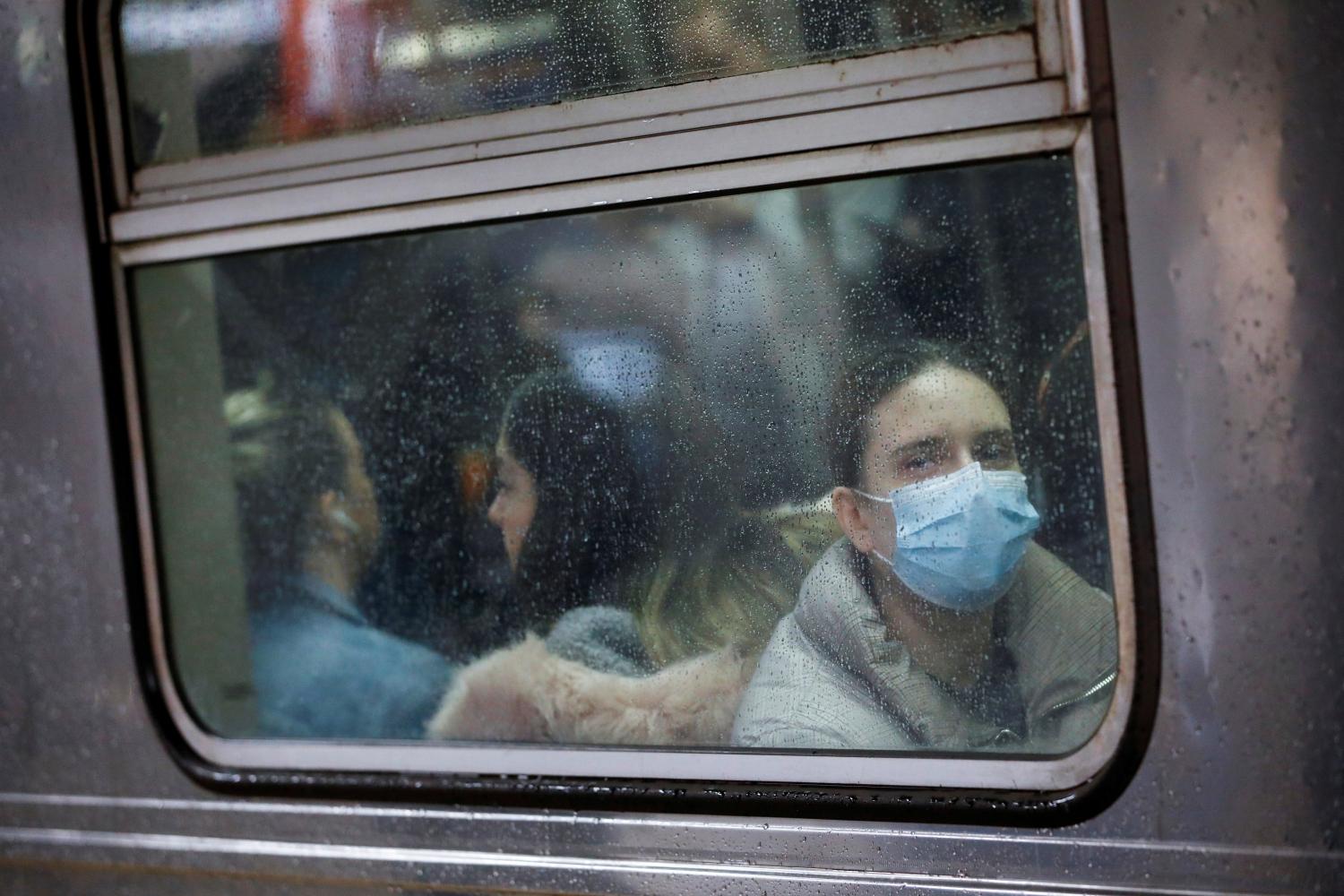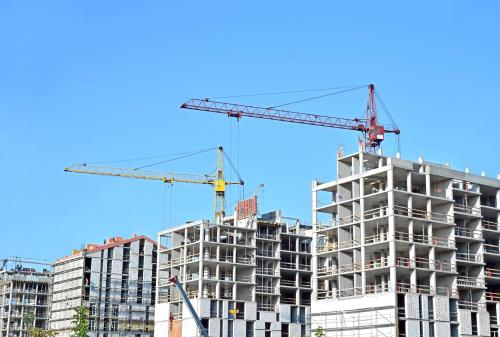The COVID-19 pandemic has hurt nearly every corner of the U.S. economy. More than 20 million jobs disappeared in April. Shops, restaurants, factories, and offices across the country are closed, while more than 300 million people have been told to shelter in place.
As public health necessity turns the U.S. into a nation of homebodies, there are two potentially conflicting forces tugging at real estate markets. Spending more time in one’s home—especially with the prospect of prolonged telework over many months—may prompt people to seek out larger homes with more amenities. But in an economic contraction, when workers face uncertainty over their next paycheck, demand for big-ticket items like cars and houses typically shrinks—not to mention the practical difficulties of searching for a new home and moving in the midst of a pandemic.
Preliminary data suggest that housing markets in the Washington, D.C. metro area are already feeling pinched by the economic crisis—but typical market indicators are sending different messages.
This analysis uses county-level data from Zillow on the number of home sales per month and median sales prices from January 2017 through March 2020 (the most recent available period). These data include transactions of single-family homes and condominiums. The analysis excludes several jurisdictions in the Washington metro area for which Zillow did not yet have March 2020 numbers (notably Fairfax and Loudoun counties in Virginia, two of the larger suburban jurisdictions).
Home sales in the District displayed some March madness
This past March, housing sales in Washington, D.C. essentially fell off a cliff. The home-buying market is always highly cyclical: Sales volume increases throughout spring months, reaching its peak in mid-summer (when families with children can relocate without disrupting school enrollment), then declining through the end of the year. Within the annual cycle, month-to-month changes in sales volume can be noisy, reflecting short-term fluctuations such as the weather or the availability and cost of mortgages. To see how the pandemic and economic shutdown are affecting housing sales, we should look at the trends over time in 2020 and compare monthly sales to the same month in previous years.
The District had more home sales in January and February 2020 than the monthly averages from the previous three years—around 700 sales in January, and slightly more in February. But in March, only 530 homes were sold—substantially lower than the 2017 to 2019 March average and a big drop from early 2020. This suggests that the housing market began contracting before local government restrictions on economic activity began; Washington, D.C. Mayor Muriel Bowser declared a public health emergency on March 11 and followed up with a stay-at-home order that took effect on April 1. (Because of the time lag between a signed purchase contract and closing, most March sales probably reflect purchase agreements from February.)

Prices are economists’ favorite market indicator—but they can be misleading
Economists believe that prices convey information about changes in market fundamentals, often in nuanced ways. Housing prices reflect not just aggregate factors such as labor markets and interest rates, but the quality of local schools, architectural styles, and environmental unpleasantness such as noise pollution. So the current double whammy of health crisis and economic distress should cause housing prices to fall, right?
Plotting the median sales prices of homes in Washington, D.C. from January 2019 through March 2020 shows no signs of a softening market. In fact, the median sale price in March increased relative to the previous several months. (Zillow’s Home Value Index, which estimates price changes adjusted for inflation and housing quality, shows similar patterns for 2020.)
But the drop in sales volume suggests that price data should be interpreted with a grain of salt: Homes that sold in March may not be representative of the entire market. During the Great Recession, homeowners who could still afford to pay their mortgages and didn’t have to move for personal or professional reasons mostly generally didn’t list their homes for sale, anticipating lower sales prices. Last week’s jobs report offers a parallel situation: Even though the economy shed over 20 million jobs, median hourly wages actually increased, because low-wage workers were most likely to become unemployed.

No signs of flight to the suburbs
In the U.S., large cities have been hit earliest—and hardest—by the coronavirus pandemic, spawning a cottage industry of speculation over whether city-dwellers will flee to low-density suburbs.
In the Washington, D.C. metro area, there’s no sign so far that residents in the urban core are more anxious to sell their condos and rowhouses than suburbanites are to ditch their McMansions. Home sales for the entire metro area dropped in March 2020, very similar to the pattern in the District. (Washington, D.C. accounts for less than 15% of the metro area’s population and home sales.)

Breaking out the year-over-year change in home sales for each local jurisdiction in the metro area shows similar patterns in the urban core (darkest gray), inner suburbs (medium gray), and exurban jurisdictions (light gray).

Stagnating housing markets have widespread economic consequences
The economic and human harm from employment losses are obvious: Without a job and a paycheck, most people cannot afford food, shelter, clothing, and other necessities. The damage created by a slowdown in housing sales is perhaps less apparent, but also far-reaching.
People buy homes when they experience major life changes, such as relocating to start a new job, getting married, having children, or downsizing for retirement. When housing markets contract, some of those life changes will be postponed; the Great Recession led to delayed household formation among millions of younger households.
Home sales also generate spinoff economic activity through multiple channels. Local governments rely on revenue from deed transfer taxes to support public services, including schools and public safety. Sales that don’t occur mean lost revenue for real estate agents, home inspectors, and other intermediaries. Not to mention lost multiplier effects from moving companies, furniture and appliance stores, landscapers, and construction trades.
Just as we don’t know how long the coronavirus will pose an active public health threat, we cannot predict when labor and housing markets will return to some semblance of normalcy. In the most optimistic scenario, home sales deferred this spring could still happen before back-to-school season in the fall. Or maybe next spring’s market will absorb the delayed demand. The timing of recovery may be uncertain, but the data presented here show clear signs that housing markets will not escape the COVID-19 crisis unscathed.
The Brookings Institution is committed to quality, independence, and impact.
We are supported by a diverse array of funders. In line with our values and policies, each Brookings publication represents the sole views of its author(s).








Commentary
COVID-19 is already affecting the Washington, D.C. real estate market
May 12, 2020